
-
 B.M.C Audio 設計者 Michael Conrad B.M.C Audio 設計者 Michael Conrad
在代理商的會議室中,Michael就像教授般的跟學生(我)"重點式"解說B.M.C產品的獨特設計想法,從輸入線路、輸出線路、唱頭放大、DAC、轉盤、唱放,甚至電源供應都一一解說,一下子一小時就飛快的過去了,雖然我沒辦法完全吸收,但我會盡可能說明我所理解到的,若有錯誤之處也請大家不吝指正。在訪談最後,Michael也提到其正在進行錄音,講到這,當然跟我就很有話題了聊啦!
真材實料,具有很強know how的B.M.C
這張圖就可看出我是真的像在上課一樣喔!
B.M.C是CANDEIAS齊下的一個品牌,CANDEIAS是一家歷史悠久的音響設計公司,如CEC就是他們所設計的,創辦人為Carlos Candeias,在兩年前慕尼黑上有看到他,會說流利的中文,去年音響展也有來台,B.M.C是CANDEIAS自有品牌,想當然爾,是最能實現與應用CANDEIAS技術理念精華的產品,也難怪上市時間不長,卻已有各地許多的代理商了。
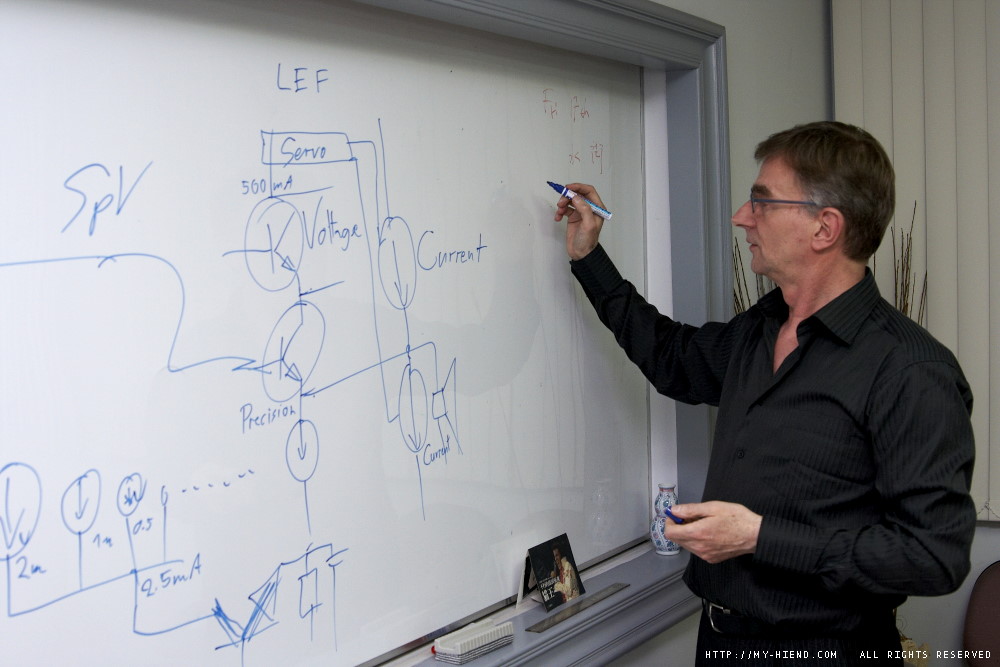
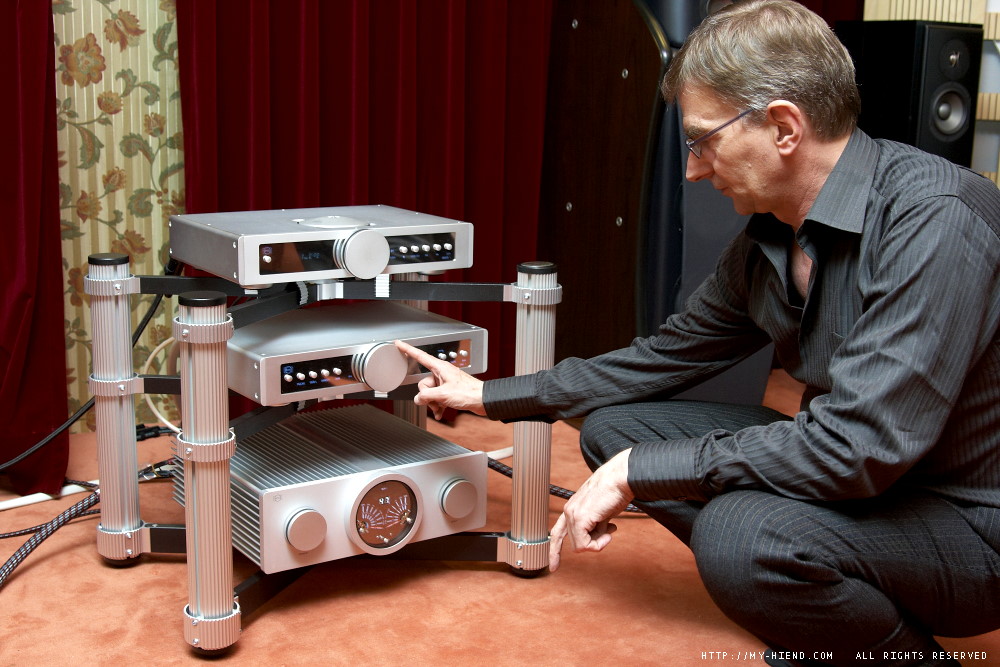
AVVA線路跟B.M.C.的不同
B.M.C.的特別技術
LEF 技術的解釋
CI = Current Injection 技術的解釋
CI技術在DAC上
DAC-CI versus OP-AMP
唱放 PHONO MC-CI
最少的訊號COPY
.
-
The Following 4 Users Say Thank You to Leo Yeh For This Useful Post:
-

我說,站長啊...下次有這種好事能不能讓我跟一下...
-
-

原來有人認為這是好康的.......沒問題 
 作者: drunkenlife

我說,站長啊...下次有這種好事能不能讓我跟一下...
-
-

 作者: 小葉

這張圖真是重點中的重點啊~
DIGM這迥異於傳統擴大機的電路的祕密就在此囉~
LEF也是由此架構而來
幾年前PS audio也推出Gain Cell,目的也是排除CD player那高輸出被擴大機衰減後又放大這種脫褲子放屁的架構
-
The Following 3 Users Say Thank You to drunkenlife For This Useful Post:
-

yes.......我聽到時,也覺得很酷........所以他們家的音量是直接真的調Gain的
-
-

Source訊號不變,只調整Gain去做音量調整,避免訊號失真的方法~
-
The Following User Says Thank You to 查德 For This Useful Post:
-

Accuphase的AAVA也是直接改Gain,用好久了,現在連綜合擴大機都全用上了。
-
-

可能想法想似,作法不一樣
B.M.C在Output Stage 採用電流與電壓分離的處理方式 (可參考第一張黑板的右方圖)
Accuphase的AAVA
http://www.accuphase.com/aava.html
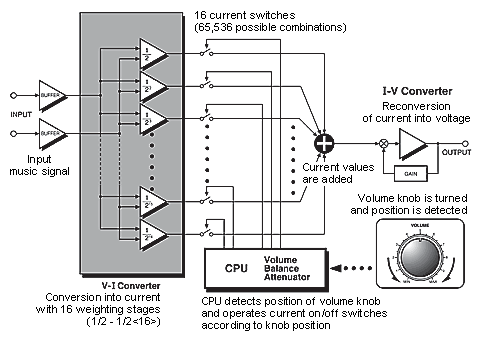
-
-

 作者: martin

Accuphase的AAVA也是直接改Gain,用好久了,現在連綜合擴大機都全用上了。
什是Gain,分享些給門外漢.
-
-

Dear Leo,
Sorry for delay due to a lot of urgent work! I like to explain more about our CI = Current Injection technology. First let's see how most of the amplfier circuits are working. Please have a look in picture T1. The way of showing this transistor looks a little unusual with a tiny line for B (Base) and much stronger line for C (Collector) and E (Emitter) - but it reflects reality: A tiny signal into B modulates a much bigger current flowing through C and E. We name it: We make a COPY of the incoming signal! And a copy is not the same as the original, always adding some own signature. Same is right for tubes or FETs and MOSFETs. This way some of the characteristic of transistors (or tubes or FETs or MOSFETs) is imprinted to the music signal.
不好意思,最近忙一些,所以有些延遲,我想要進一步解釋 CI = Current Injection 技術。首先我們先來看大部份擴大機運作的方式,請看圖片T1,這圖中電晶體的表達方式跟平常有些不同,B (Base) 的線較細、C (Collector) 與 E (Emitter) 的線較粗,不過這反應了實際的情況,較小的訊號進到C,較大的訊號進到C與E,因此這就是我所們所謂要COPY進來訊號的意思,而這樣的COPY會使得其跟原來的訊號不同,通常會加入自己的東西。這種作法在真空管或FETS與MOSFETS都一樣,而這樣會讓這些電晶體的特性跑到了音樂訊號中。
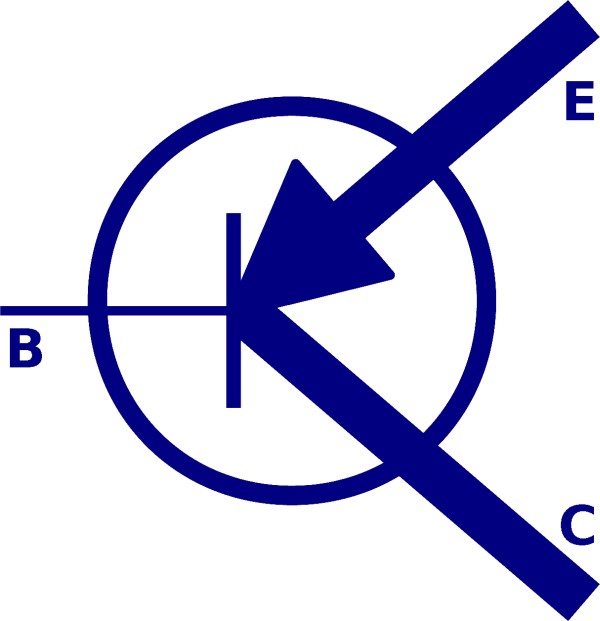
Anyway, making a copy can not be totally avoided. As long as you need more current at the output than you get from your source, there is the need for modulating a higher current by a less powerful signal. At least you need this process for driving speakers. But very often it can be avoided making a copy. How? Have a look at picture T2: The same transistor is turned, B is connected to ground, the music signal is feed into E, and this original current is flowing through the transistor to C. If you could mark the incoming electrons, you could find the same electrons at the output.
不過,COPY訊號是無法完全避免的,只要你在輸出需要比輸入更多的電流,你必須這樣的過程才能驅動喇叭,不過我們卻能避免進行這樣的COPY,要怎麼做?請看圖T2,相同的電晶體,B連接到地,音樂訊號到E,這樣原來的電流就會通過電晶體到C。因此C與E的電子會一樣。(輸入與輸出相同)。
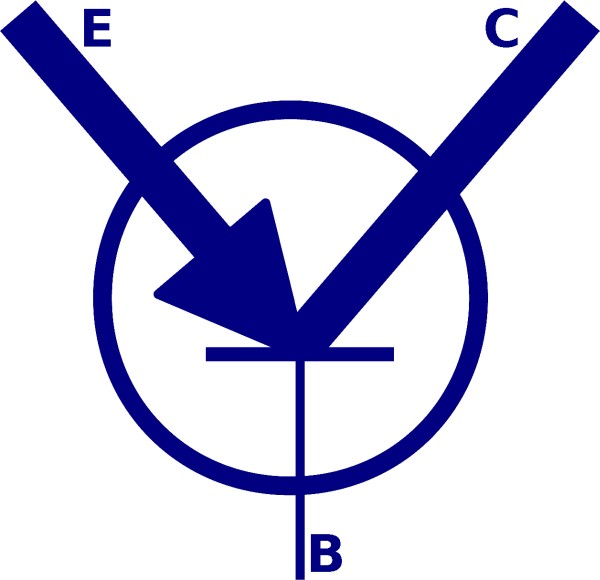
Now let us have a look at a simplified schematic of our AMP M1 or AMP S1 input circuit (picture AMP-CI): The input signal from a source like our DAC1 is flowing through resistor R1 (in this case needed to define the current) and through E and C of the transistor, terminated by resistor R2. The current is same through R1 like through E and C of the transistor and as well through R2. But the voltage depends on the value of R1 and R2: If R1 and R2 are same, the voltage at the input of R1 and the output (C) of the transistor are same. If R2 is only 1/10th of R1, the voltage is 1/10th as well, means an attenuation of 20dB. If R2 is 10 times higher than R1, the voltage is 10 times higher as well, means a gain or amplification of 20dB.
現在我們來看我們AMP M1或AMP S1輸入線路的概要(圖:AMP-CI),從像我們DAC1的訊號輸入通過電阻R1(在這裡要定義電流),然後通過電晶體E與C,最後為電阻R2,這電流與通過R1、電晶體E與C一樣。不過電壓則視R1與R2的值來決定,如果R1與R2一樣,電壓在R1與C會一樣,如國R2只有R1的1/10,則會變小20dB。如果R2比R1高10倍,電壓會高10倍,就是增益或放大20dB。
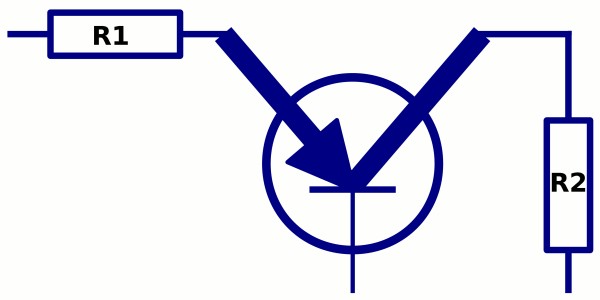
This way we do the gain management (DIGM) of our amplifiers, by changing resistor R2. As this is the only stage for changing the signal voltage in our amplifiers, the output voltage of this stage is the same as the speaker voltage. This means: If you use the CI input of AMP M1 or AMP S1, there is no copy of the original input signal until the speaker voltage is chieved.
Still, at the end we need to drive the speaker. Means: We need much more current than our source can deliver. At this point we need to make a copy, and we do it with our LEF stage. But it means only one copy of the signal received at the CI input.
這就是我們B.M.C.擴大機增益管理(DIGM)的方法,從改變電阻R2來處理。這也是我們擴大機唯一會改變訊號電壓的地方,輸出電壓在這邊是與喇叭電壓一樣的,這意味著,如果你使用AMP M1與AMP S1的CI輸入,直到喇叭電壓,在原來輸入訊號是沒經過COPY的,當然在最終我們仍要驅動喇叭,因此我們需要的電流比我們訊號提供的電流來得更多,因此我們還是需要COPY,但我們在LEF級來處理這部份,這意味在CI輸入下,只有COPY訊號1次。
This is CI explained for amplifiers as used in BMC AMP M1 and AMP S1. The same technology we use for PHONO and DAC as well - explained next time.
這是使用在BMC M1與AMP S1中CI技術的解釋,相同的技術也用在我們的Phono與DAC,我在下次將解釋。
Best regards,
Michael
-
 發文規則
發文規則
- 您不可以發表新主題
- 您不可以發表回覆
- 您不可以上傳附件
- 您不可以編輯自己的文章
-
討論區規則
|
















